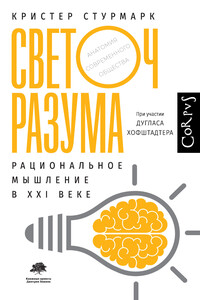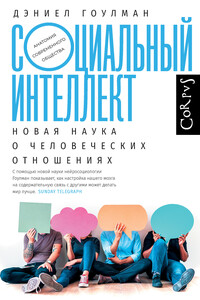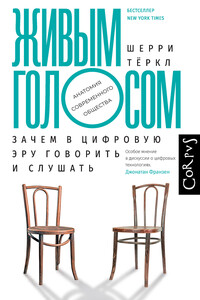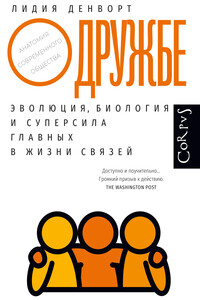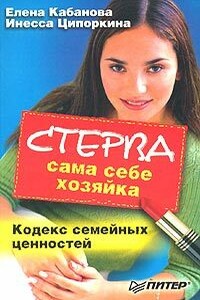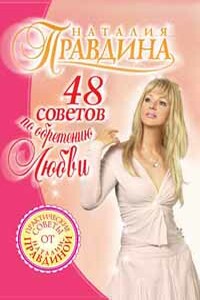Неразумная обезьяна - страница 184
J. Kruger, D. Dunning. Unskilled and unaware of it: how difficulties in recognizing one’s own incompetence lead to inflated self-assessments // Journal of Personality and Social Psycholog y, 77 (6) (1999).
S. Selvin. A Problem in Probability (Letter to the Editor) // The American Statistician 29 (1): 67, (1975).
W. T. Herbranson, J. Schroeder. Are Birds Smarter Than Mathematicians? Pigeons (Columba livia) Perform Optimally on a Version of the Monty Hall Dilemma // Journal of Comparative Psycholog y 124 (1) (2010).
G. Gigerenzer. Reckoning with risk: learning to live with uncertainty. Penguin UK, 2003.
Royal Statistical Society. Royal Statistical Society concerned by issues raised in Sally Clark case (2001).
Royal Statistical Society. Letter from the President to the Lord Chancellor regarding the use of statistical evidence in court cases (2002).
S. J. Watkins. Conviction by mathematical error?: Doctors and lawyers should get probability theory right // British Medical Journal (2000): 2–3.
P. J. Bickel, E. A. Hammel, J. W. O’Connell. Sex bias in graduate admissions: Data from Berkeley // Science, 187.4175 (1975): 398–404.
D. R. Appleton, J. M. French, M. P. J. Vanderpump. Ignoring a covariate: An example of Simpson’s paradox // The American Statistician, 50.4 (1996): 340–341.
T. Vigen. Spurious Correlations. Hachette Books, 2015.
J. P. A. Ioannidis. Stealth research: is biomedical innovation happening outside the peer-reviewed literature? // Journal of the American Medical Association 313.7 (2015): 663–4.
E. P. Diamandis. Theranos phenomenon: promises and fallacies // Clinical Chemistry and Laboratory Medicine, 53 (7) (2015): 989–93.
E. Yong. Beefing With the World Health Organization’s Cancer Warnings // The Atlantic (2015).
J. P. A. Ioannidis. ‘Why most published research findings are false’, PLoS medicine, 2.8 (2005): e124.
D. Colquhoun. An investigation of the false discovery rate and the misinterpretation of p-values // Royal Society open science, 1.3 (2014): 140216.
D. R. Grimes, C. T. Bauch, J. P. A. Ioannidis. Modelling science trustworthiness under publish or perish pressure // Royal Society open science, 5.1 (2018): 171511.
P. Krugman. The Falsity of False Equivalence // New York Times (2016).
D. R. Grimes. Impartial journalism is laudable. But false balance is dangerous // The Guardian (2016).
D. Michaels, M. Jones. Doubt is their product // Scientific American, 292.6 (2005): 96–101.
M. T. Boykoff, J. M. Boykoff. Balance as bias: global warming and the US prestige press // Global Environmental Change, 14.2 (2004): 125–136.
British Broadcasting Corporation. Trust Conclusions on the Executive Report on Science Impartiality Review Actions (2014).
M. Bruggemann, S. Engesser. Beyond false balance: how interpretive journalism shapes media coverage of climate change // Global Environmental Change, 42 (2017): 58–67.
E. Bakshy, S. Messing, L. A. Adamic. Exposure to ideologically diverse news and opinion on Facebook // Science 348.6239 (2015): 1130–2.
M. Del Vicarioet et al. The spreading of misinformation online // Proceedings of the National Academy of Sciences, 113 (3): 554–9, (2016).
M. Van Alstyne, E. Brynjolfsson. Electronic Communities: Global Villages or Cyberbalkanization? // ICIS 1996 Proceedings (1996): 5.
R. Gandour. Study: Decline of traditional media feeds polarization // Columbia Journalism Review (2016).
J. Maddox. Has Duesberg a right of reply? // Nature, 363.6425 (1993): 109.
E. Williamson. Truth in a Post-Truth Era: Sandy Hook Families Sue Alex Jones, Conspiracy Theorist // New York Times (2018).
C. Silverman. This Is How Your Hyperpartisan Political News Gets Made // Buzzfeed (2017).
D. R. Grimes. Russian fake news is not new: Soviet Aids propaganda cost countless lives // The Guardian (2017).
C. Andrew. The sword and the shield: The Mitrokhin archive and the secret history of the KGB
